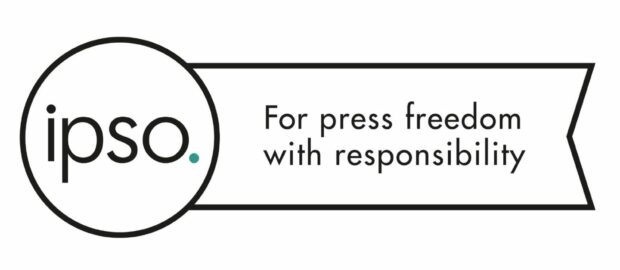The Editors’ Code of Practice, under which the vast majority of Britain’s newspaper, magazine and news website journalists work, is to be the subject of a public consultation.
The Editors’ Code of Practice Committee, which writes and revises the code of standards upheld and enforced by the Independent Press Standards Organisation (IPSO), has invited suggestions from the public, editors, journalists and others working in the media, and anyone else with an interest in journalistic standards, on how the Code might be revised to improve the system of self-regulation of the press, of which it is an essential component.
Public consultations on the code are held every three years.
The code covers a wide range of issues, including accuracy, privacy, harassment, intrusion into grief or shock, reporting suicide, coverage of children and discrimination.
It can be found at: https://www.editorscode.org.uk/the_code.php
Submissions should be sent by e-mail to codereview2023@gmail.com
The closing date for submissions is Friday, March 31. All submissions will be published on the Editors’ Code of Practice Committee website, unless anonymity is requested.
The Editors’ Code of Practice Committee is made up of editors and lay people.
The P&J editor-in-chief Frank O’Donnell is a member of the committee.
Committee chairman Neil Benson said: “The code is continuously reviewed and suggestions for revisions are considered by the committee, with the most recent update taking place in January 2021, when mental health was added to Clause 2 (Privacy) to improve understanding of the protection that the clause provides for individuals.
“This public consultation is another opportunity for points to be made about any aspect of the code.
“The Editors’ Code of Practice is a living document guided by real world experience. It has been in operation for more than 30 years and during that time it has evolved to meet changes in society.”

Conversation